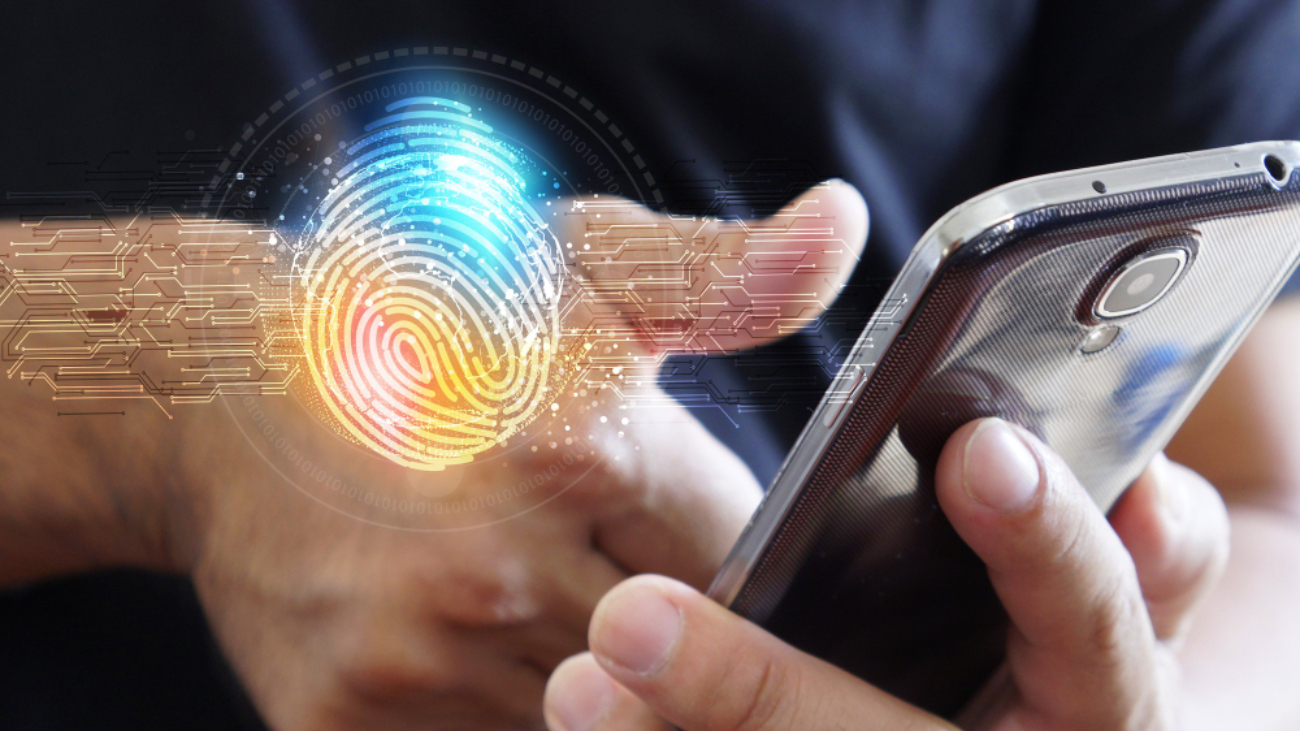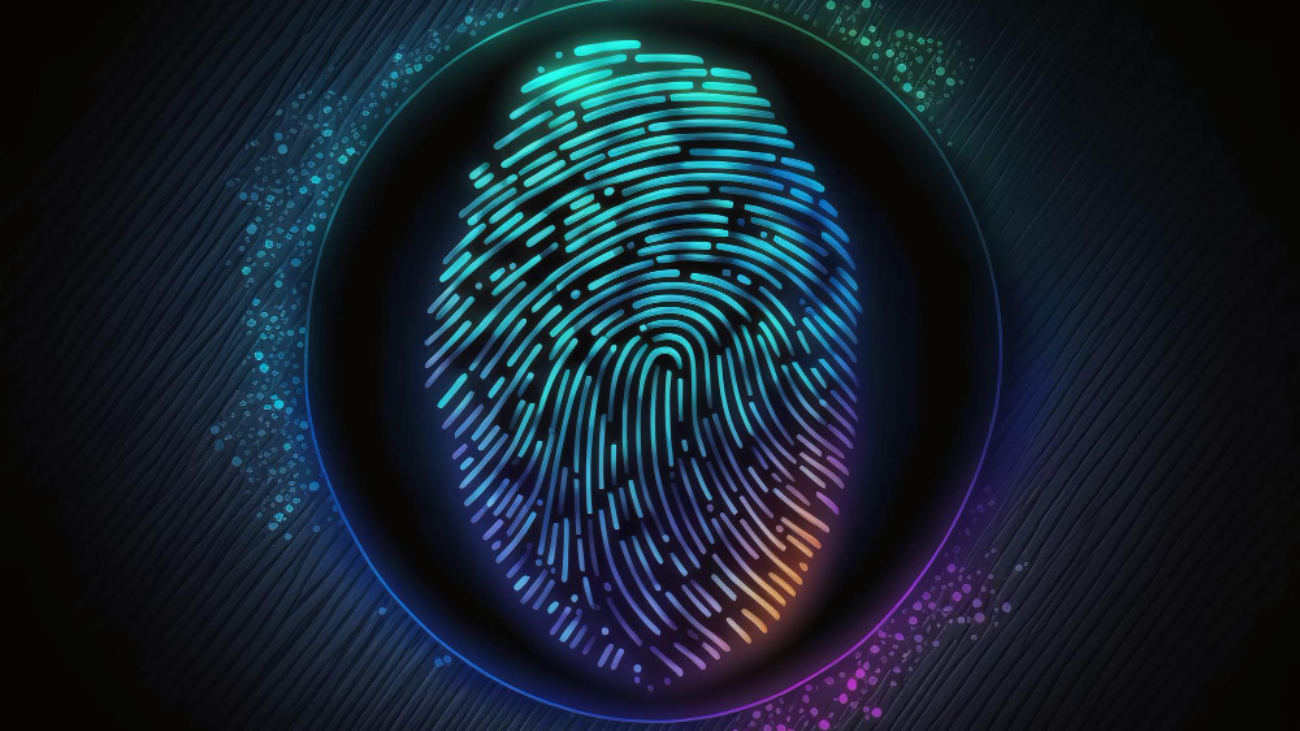Identity verification is a crucial aspect of our increasingly digital world observed Bahaa Abdul Hadi. As we navigate a landscape where security breaches are prevalent, the need for robust and reliable verification methods becomes paramount. Enter biometric fusion, an exciting and cutting-edge technology that is redefining the field of identity verification. By combining multiple biometric modalities such as fingerprints, facial recognition, and voice recognition, biometric fusion offers a revolutionary approach to verifying individuals’ identities.
What is Biometric Fusion?
Biometric fusion is a groundbreaking technology that merges different biometric modalities to achieve enhanced identity verification. It involves combining multiple biometric factors, such as fingerprints, facial features, voice patterns, and even behavioral traits, into a unified system. This approach offers several advantages over single-modal biometric systems, including improved accuracy, reliability, and resistance to spoofing attempts.
By leveraging the unique strengths of various biometric characteristics, biometric fusion provides a comprehensive and robust solution for verifying an individual’s identity, paving the way for secure and efficient authentication in diverse industries.
Key Benefits and Advantages
Biometric fusion offers a multitude of key benefits and advantages that make it a game-changer in the realm of identity verification. First, it significantly enhances security and fraud prevention by combining multiple biometric factors, making it exceedingly difficult for impostors to manipulate or deceive the system. This technology improves the user experience by providing a seamless and convenient authentication process, eliminating the need for cumbersome passwords or physical tokens.
Additionally, biometric fusion demonstrates remarkable scalability and versatility, making it applicable across various industries and use cases. Lastly, it holds the potential to reduce costs and streamline operations by minimizing manual verification processes and mitigating risks associated with identity theft and fraud.
Challenges and Limitations
While biometric fusion presents numerous advantages, it is not without its challenges and limitations. Privacy concerns and ethical considerations arise due to the sensitive nature of biometric data collection and storage. Technical challenges can also pose hurdles in implementing biometric fusion systems, including interoperability issues and the need for specialized hardware.
Furthermore, vulnerabilities and risks associated with biometric data, such as potential breaches or spoofing attempts, demand robust security measures. Addressing these challenges requires a comprehensive approach, encompassing legal frameworks, technological advancements, and strict adherence to privacy regulations, to ensure the responsible and secure implementation of biometric fusion technologies.
Conclusion
Biometric fusion stands as a groundbreaking innovation in identity verification, revolutionizing the way we authenticate individuals. Combining multiple biometric modalities, it offers enhanced accuracy, reliability, and resistance to fraud attempts. The benefits of biometric fusion extend beyond security, encompassing improved user experience, scalability across industries, and potential cost savings.
However, it is vital to address challenges related to privacy, technical implementation, and data security. Embracing biometric fusion while ensuring ethical practices & robust security measures will pave the way for a future where secure and efficient identity verification becomes the norm.
Thank you for your interest in Bahaa Abdul Hussein blogs. For more information, please visit www.bahaaabdulhadi.com







